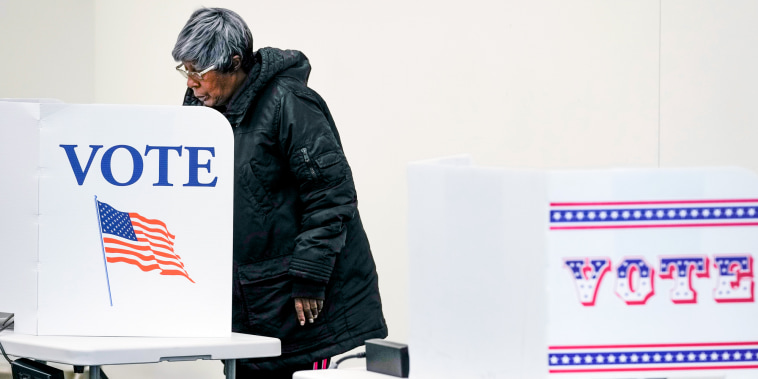As developments unfurl and the campaigning prowess of parties gain momentum, one key demographic – the older voters – has voiced its concerns, and is increasingly making its presence felt within the political landscape. It’s no secret that Social Security is an issue that hits close to home for them. Yet, current political terrain has revealed a peculiar scenario whereby parties are tied for their support. This has clearly sent waves through electoral mathematics, warranting a deep-dive into the undercurrents shaping this situation.
Older voters have, time and again, voiced out their want for augmented Social Security protections. They manifest concerns about the long-term solvency of the program, which tends to be a life-line for retirees, disabled people, and their dependents. Furthermore, they are also apprehensive about potential cuts to these benefits, which they have contributed to throughout their working life.
According to the recent Gallup polls, nearly 60% of surveyed seniors expressed that they are exceedingly worried about Social Security. Tellingly, the same data indicated that a full two-thirds of these individuals categorize political pressure to slash benefits as their number one fear. The demand is thus clear – a robust reinforcement of social security measures that would dispel any anxiety of a haunted, insecure retirement.
However, in an intriguing turn of events, both major political parties have so far failed to decisively woo this demographic. Despite the profound clarity regarding the significant concern of older voters – Social Security – polls suggest that the support is evenly divided across the parties. This is quite an uncommon occurrence since, traditionally, older voters have tended to lean more conservatively and align with the party perceiving to best protect their interests.
This paradoxical state of affairs can be attributed to a multitude of factors. Primarily, neither party has explicitly outlined a roadmap to safeguard and reinforce Social Security protections. While politicians across the spectrum have voiced their commitment to the issue, there has been an unmistakable absence of concrete action plans with detailed strategies and commitments.
In addition, the attained equilibrium of support signals the presence of other concerns amongst older voters, which reach beyond Social Security. Such concerns include quality healthcare, cost of medications, taxes, and the overall state of the economy. These issues have also factored into the odd split in support, indicating that the older voter is looking for comprehensive solutions rather than just reassurances on Social Security.
Whilst the contours of party support amongst older voters continue to evolve, it nevertheless radiates a clear message: the building onus on political bodies to demonstrate how they plan on preserving the integrity of Social Security, and more broadly, to cater to the breadth of concerns within this demographic. This challenge is further accentuated by the fact that, given their propensity to vote, older individuals have the capacity to significantly sway election results.
In a nutshell, the tied support amidst older voters crystallizes one thing: gone are the days when empty political rhetoric could be relied upon to secure voter loyalty. Today’s senior voters are cautious, informed, and multifaceted in their expectations. Their voice of concern isn’t merely about Social Security alone. They seek reassurances on a multitude of fronts that impact their lives and are willing to shift support to the party that provides comprehensive, concrete, and credible solutions.




